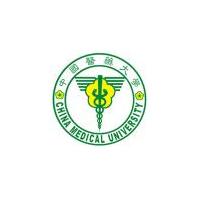PRJNA282779,
Subtotal gastrectomy (i.e., partial removal of the stomach), a surgical treatment for early-stage distal gastric cancer, is usually accompanied by highly selective vagotomy and Billroth II reconstruction, leading to dramatic changes in the gastric environment. Based on accumulating evidence of a strong link between human gut microbiota and host health, a 2-year follow-up study was conducted to characterize the effects of subtotal gastrectomy. Gastric microbiota and predicted gene functions inferred from 16S rRNA gene sequencing were analyzed before and after surgery. The results demonstrated that gastric microbiota is significantly more diverse after surgery. Ralstonia and Helicobacter were the top two genera of discriminant abundance in the cancerous stomach before surgery, while Streptococcus and Prevotella were the two most abundant genera after tumor excision. Furthermore, N-nitrosation genes were prevalent before surgery, whereas bile salt hydrolase, NO and N2O reductase were prevalent afterward. To our knowledge, this is the first report to document changes in gastric microbiota before and after surgical treatment of stomach cancer.
Data and Resources
| Field | Value |
|---|---|
| Publisher | |
| Modified | 2020-10-29 |
| Release Date | 2020-10-29 |
| Identifier | d3eb72b1-8a37-458e-8995-f683c9ad3fdc |
| License | License Not Specified |
| Public Access Level | Public |
